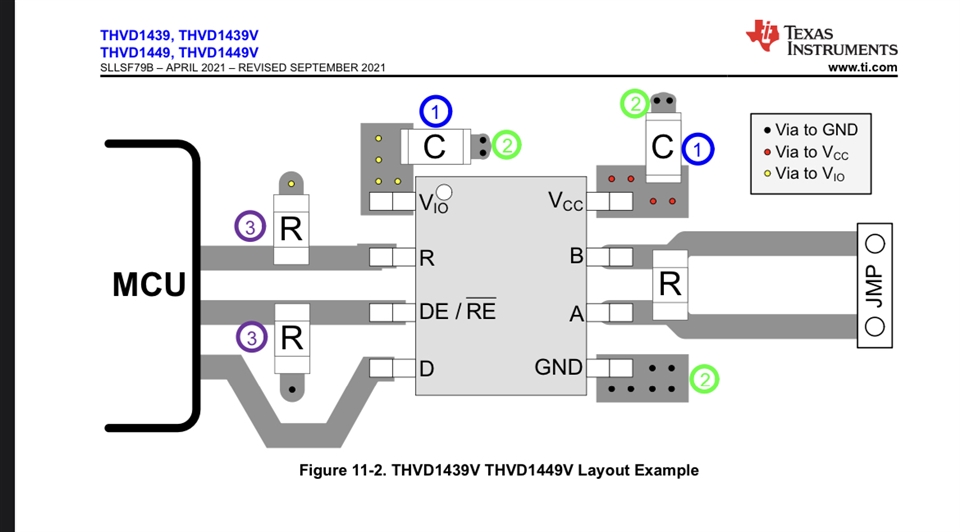Hi i an currently designing an PCB for orange pi 5 plus for our energy storage containers.
For your information I am not an professional circuit designer but very enthusiastic and learns a lot each day.
this pcb will be for our communication to the inverter (CAN and rs485 modbus) and also isoSPI.
I got 5v and 3,3v to chose but the GPIOS can only handle 3.3v
wh got a lot of emc interference at 3Mhz.
the thing I am asking is how I should set up this ic: 252FSN65HVD230, I’m talking of what resistors and capacitors do I really need? On the data specification it is a lot of components. Should I use all of this in the sample layout?
also I need to implement UART to rs485
what ic do you reccomend for this purpose?
best regards
Sebastian


